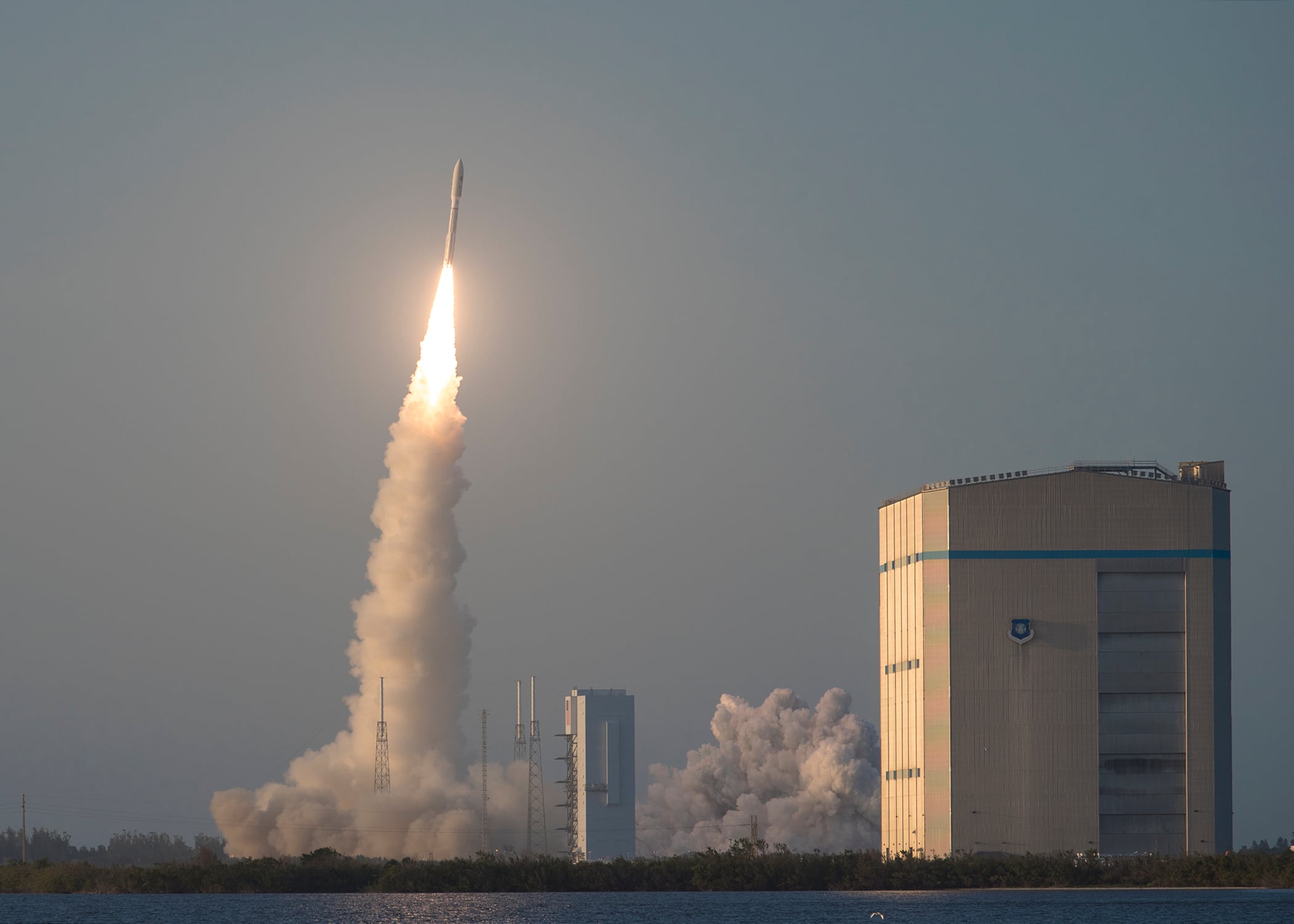WASHINGTON — Air Force Gen. Jay Raymond, who is nominated to lead U.S. Space Command, breezed through his confirmation hearing Tuesday. If approved by the Senate, Raymond’s confirmation will be the first step necessary to establish the new combatant command.
Throughout the hearing, Raymond hit the usual talking points about the changing realm of space operations — that it is becoming a contested “war-fighting domain” and that improved relationships with international partners and across agencies will be critical for adjusting to the heightened threats posed by Russia and China.
But in answers to written questions posed by lawmakers, Raymond — who currently leads Air Force Space Command — spelled out new details on what the first months and years of U.S. Space Command could look like.
“The challenges in standing up a new Combatant Command are substantial,” Raymond wrote. “If confirmed, my first priority will be to ensure the seamless transition of the command and control of critical space capabilities that the nation and the joint force depend on each-and-every day. Simultaneously we need to ensure we take steps to strengthen readiness and lethality as we complete our shift from a permissive environment to a posture for warfighting.”
SPACECOM will be officially established once a commander is confirmed, its first space operators are assigned, and its Unified Command Plan — which lays out the command’s missions and responsibilities — is approved.
RELATED

The initial cadre responsible for standing up SPACECOM will be a group of about 642 personnel from U.S. Strategic Command, Raymond said in his written responses. That staff includes all personnel from Joint Force Space Component Command and its distributed space mission operations centers, as well as additional staff that will transfer from U.S. Strategic Command’s headquarters.
“These personnel are from each branch of the military service and will serve in every Combatant Command functional area,” he wrote.
“U.S. Space Command and U.S. Strategic Command will have a strong partnership from the day this command is established and out into the future — especially early on as we establish this command,” he said during the hearing. “This command will be reliant on capabilities from U.S. Strategic Command as the command builds from establishment into [initial operational capability].”
U.S. Space Command will become partially operational when it can independently carry out basic functions like command and control as well as intelligence, indications and warning operations, according to the written comments. It will become fully operational when it can execute all its missions without the support of STRATCOM, but the full list of criteria needed to make the declaration “will be determined by the commander” once SPACECOM is established.
The Pentagon is conducting manpower assessments and war games to determine the ultimate size of SPACECOM, its structure, and the relationship it will have to other space and military organizations. But much remains unknown.
In its fiscal 2020 budget proposal, the Air Force requested $83.8 million for the new command.
U.S. Space Command would require 617 personnel for its operations in FY20, with 587 transferring from other military space organizations, according to budget documents. From there, the size of the command would expand — but it’s unclear how many operators will transfer to the new organization or whether there will be a net increase of jobs as a result from the churn.
Raymond noted in his written remarks that “manpower estimates to achieve Full Operational Capability will be completed in the coming months, but we expect the USSPACECOM headquarters to be sized consistent with other combatant commands.”
Valerie Insinna is Defense News' air warfare reporter. She previously worked the Navy/congressional beats for Defense Daily, which followed almost three years as a staff writer for National Defense Magazine. Prior to that, she worked as an editorial assistant for the Tokyo Shimbun’s Washington bureau.







